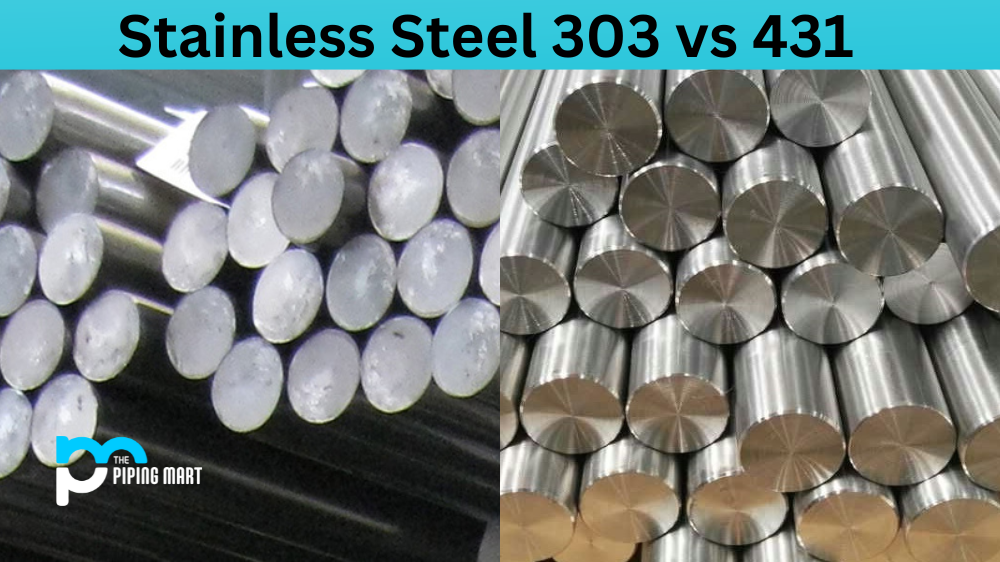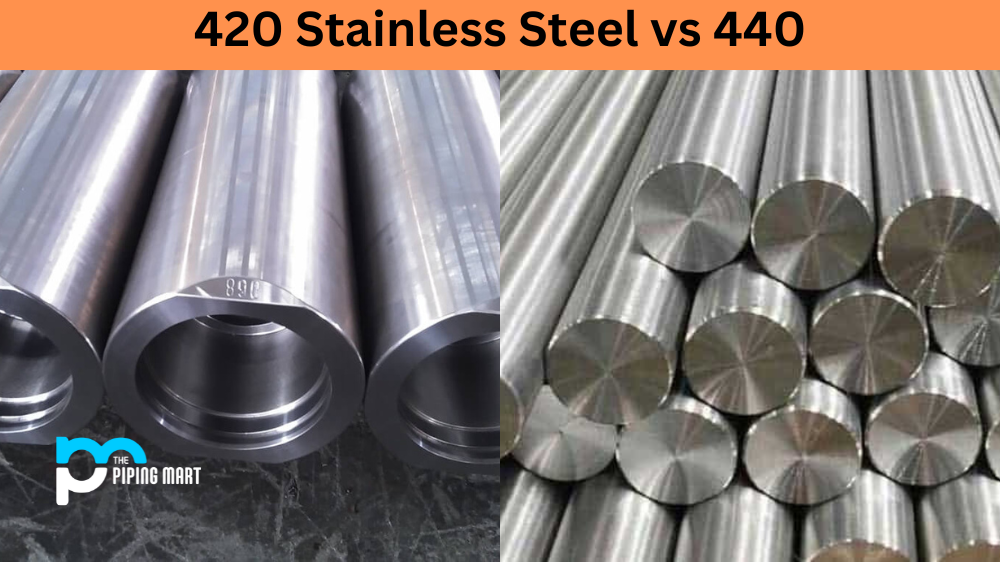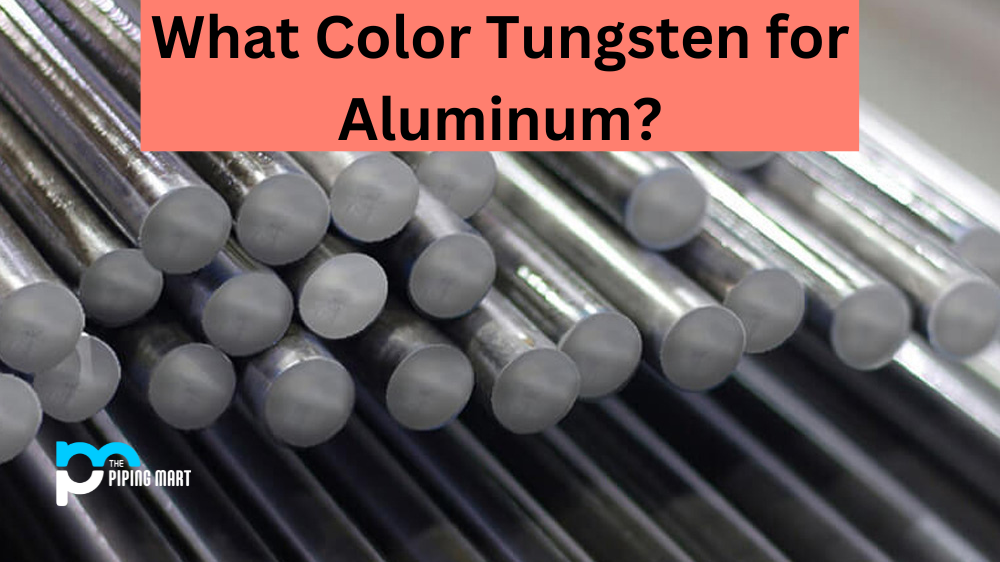Welding stainless steel to aluminium is a challenging but rewarding task. A successful weld requires the right combination of technique, tools, and materials. In this blog post, we will discuss the basics of welding stainless steel to aluminum so that you can master this skill. Read on to learn more!
Choosing the Right Materials
The first step in welding stainless steel to aluminium is choosing the right materials. This is essential for achieving a successful weld. Stainless steel and aluminium are two different metals with different properties; therefore, you need the right type of stainless steel and the right type of aluminium for your project. Typically, you should use grade 304 or 316 austenitic stainless steel when welding to aluminum alloys. This type of stainless steel has higher corrosion resistance than other types, making it easier to weld with other metals like aluminum.
Additionally, when selecting an aluminium alloy for welding, look for one that is heat-treatable (e.g., 6061-T6). This type of alloy has better strength than soft alloys such as 1100 or 5052, which are not ideal for welding projects. Moreover, make sure that both metals are clean before beginning your project; any dirt or debris can lead to poor welds and weakened joints that could fail in time.
Welding Process
Once you have chosen the appropriate materials for your project, it’s time to begin welding. When welding these two metals together, you need to create a special joint design called a “clamp joint” (also known as a “pinch joint”). This joint involves clamping the two pieces together using clamps or bolts and then using filler metal between them during the welding process. Before starting your welds, preheat both pieces at 500°F (260°C) for 2 hours so that they reach an even temperature throughout their thicknesses before joining them together with filler metal rods or wire—this helps reduce porosity in the final product while also improving its strength and overall quality. Additionally, make sure that your welder is set up correctly before beginning; incorrect settings can lead to poor welds and potential hazards like burns or electric shocks during operation!
Conclusion:
Welding stainless steel to aluminium requires careful planning and precise execution in order to achieve a successful result. Choosing the right materials is key; grade 304 or 316 austenitic stainless steel works best when paired with heat-treatable aluminum alloys like 6061-T6 for optimal results. Additionally, follow proper safety procedures when setting up your welder and preheat both pieces before joining them together with filler metal rods or wire for improved strength and quality in your final product! With patience and practice, anyone can become an expert at welding stainless steel to aluminium! Good luck!

A passionate metal industry expert and blogger. With over 5 years of experience in the field, Palak brings a wealth of knowledge and insight to her writing. Whether discussing the latest trends in the metal industry or sharing tips, she is dedicated to helping others succeed in the metal industry.




